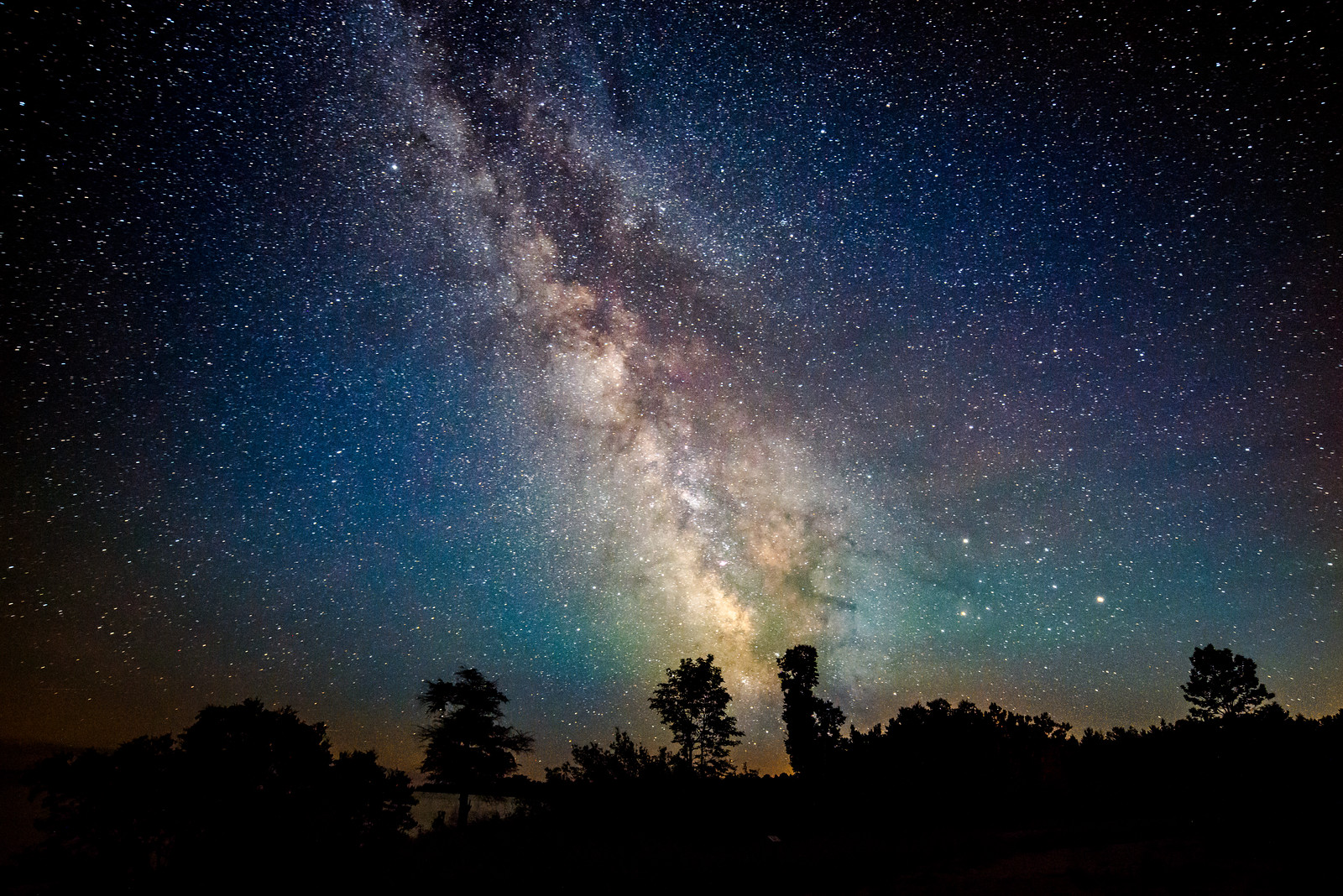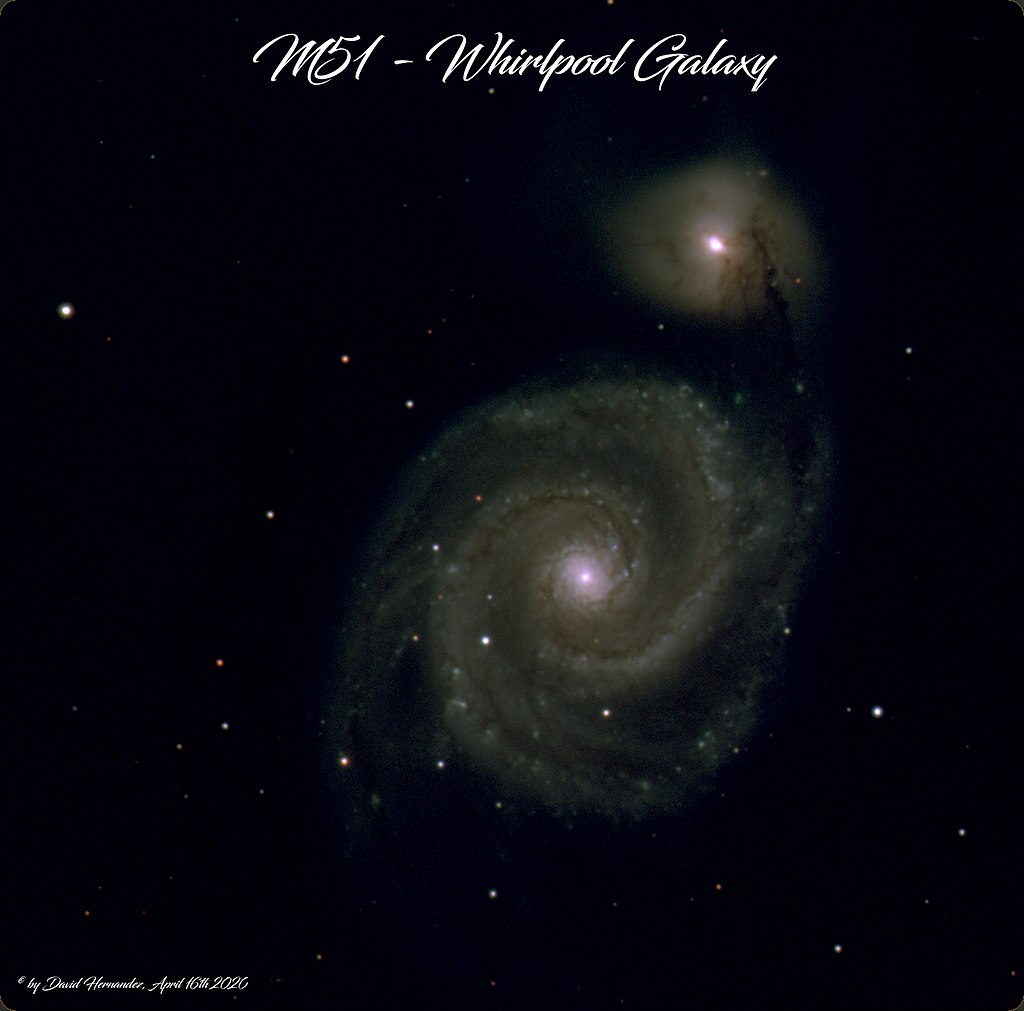By Andy Orf, Northern Door Astronomy Club
If you already enjoy nighttime viewing, you know how tricky locating objects in the sky can be.
Observing is best when there is a new moon (or a couple of nights before or after). The sky will be its darkest on April 12. If you want to observe the Moon itself, the optimal time is at a quarter Moon when shadows make the craters more pronounced. April 4 marks the last quarter Moon of the month and April 20 the first. The month of April has a Supermoon, meaning it is a little closer than usual. You should be able to see the Earth shine on the dark part of the crescent Moon. It is known as the Da Vinci glow (image left).
The red planet Mars (image right) can be spotted along the ecliptic between Gemini and Taurus. It should be recognizable with a good pair of binoculars. Jupiter and Saturn are visible in the Capricornus constellation, but you will have to get up early (or stay up late), because they will only be visible in the low southeastern sky the first 7 days in April, as these planets rise next to the waning crescent Moon about one hour before sunrise. It is amazing to see the rings of Saturn and the moons of Jupiter through a telescope. Uranus is in conjunction April 30, but it is so faint it is difficult to spot. (To say a planet is in “conjunction” means that it is aligned with the Earth on the same side of the Sun. A technical definition is that both planets have the same ecliptic longitude.)
On April 18 Venus becomes visible after sunset along the western horizon. Venus will continue to ascend its position as the evening star during the rest of April. Mercury is in superior conjunction April 10 and can be spotted in the western sky after sunset. Later in the month, Mercury will appear alongside Venus.
April is an excellent month to view Messier objects with a telescope. M51 in Ursa Major (image left), M42 in Orion, M31 in Hercules, and M35 in Gemini are a few of the favorites.
Any dark evening is a great time to see the spiral arm of our Milky Way Galaxy, comprised of millions of stars stretching from the southwest to the northeast horizon. The open cluster Pleiades, next to Taurus, and the three stars making up Orion’s belt are other interesting objects to see. All nighttime viewing, of course, depends upon a minimally cloudless sky.
Starting this month, and going forward, the Newport Wilderness Society (NWS) newsletter will carry articles on night sky viewing written by members of the Northern Door Astronomy Club. The club was formed in the summer of 2017 and has been meeting about once a month to take in nighttime viewing through telescopes and informal lectures presented by members. In 2020, all activities came to a halt, however, due to the Covid pandemic.
As the months of 2021 unfold, we are growing more optimistic about resuming NWS programs. The NWS has been a great friend to the Northern Door Astronomy Club. The society has sponsored many evening events in Newport State Park, which received Wisconsin’s first International Dark Sky Park designation in 2017. Astronomy club members have brought their telescopes to the park to allow the general public to view the planets, galaxies, globular clusters, and other deep sky objects. We are hopeful that we can resume these events in the months ahead.
If you are a newcomer to night sky viewing, I offer two suggestions: (1) get a star map and learn how to identify the constellations (skymaponline.net is a good source); (2) join the Northern Door Astronomy Club. Membership comes with no dues and no obligations. Most if not all club members are also members of NWS.
If you are interested in joining the Northern Door Astronomy Club, contact Beth Bartoli, the naturalist at Newport State Park, at 920.854.2500 or email her. Beth will put you on the mailing list so you can be advised of upcoming club events.
Photo Credits:
Night Sky over Newport: © Denny Moutray (banner image)
DaVinci Glow: Stephen Rahn from Macon, GA, USA, CC0, via Wikimedia Commons
Mars: By ESA & MPS for OSIRIS Team MPS/UPD/LAM/IAA/RSSD/INTA/UPM/DASP/IDA, CC BY-SA IGO 3.0, CC BY-SA 3.0 igo, https://commons.wikimedia.org/w/index.php?curid=56489423
M51-Whirpool Galaxy: David Hernandz, CC BY-SA 4.0 <https://creativecommons.org/licenses/by-sa/4.0>, via Wikimedia Commons







